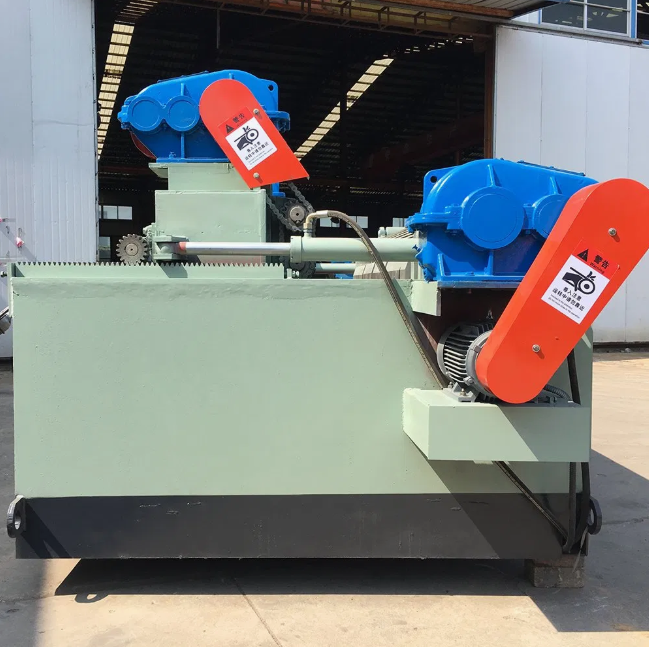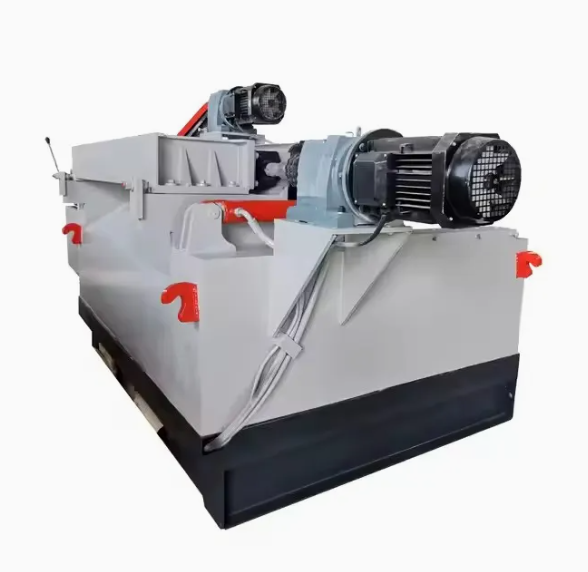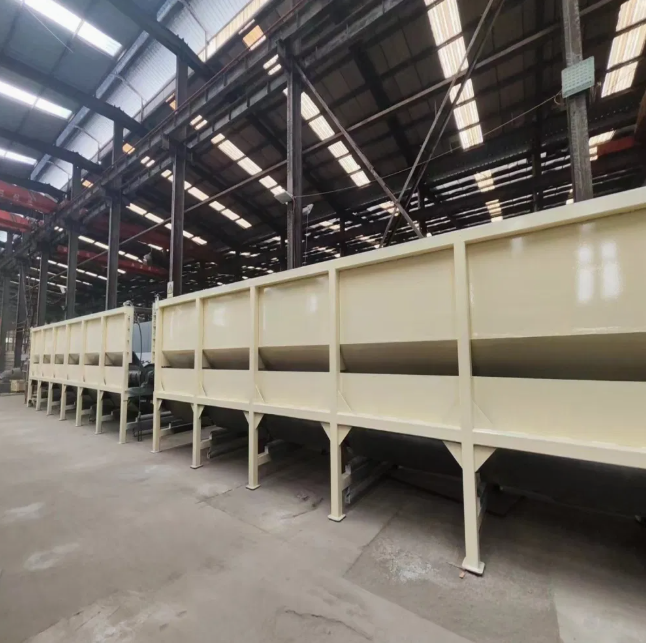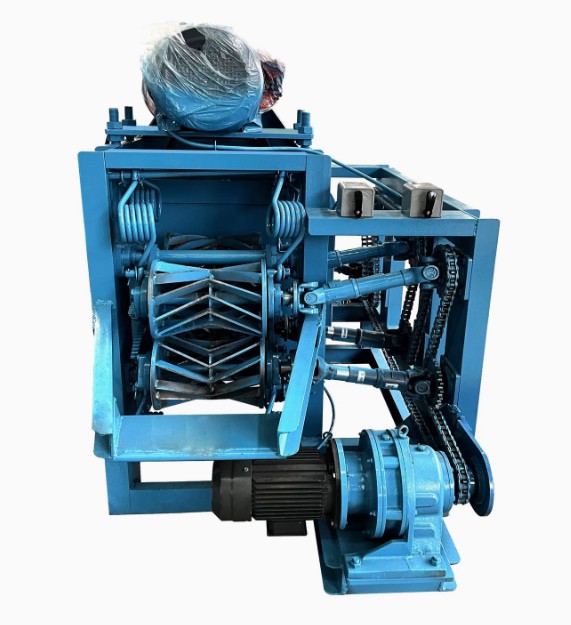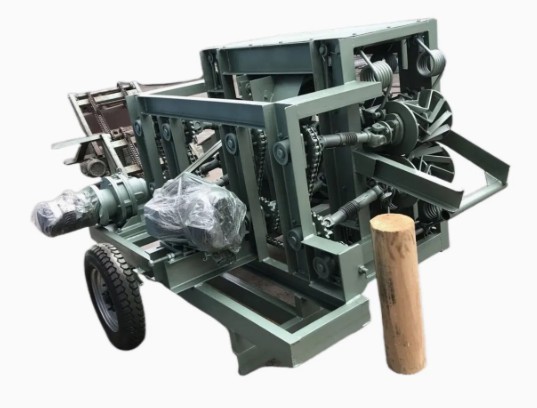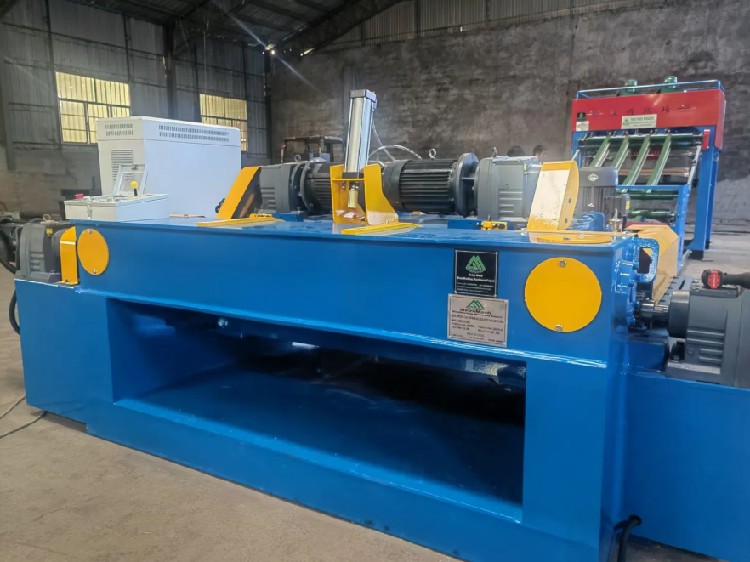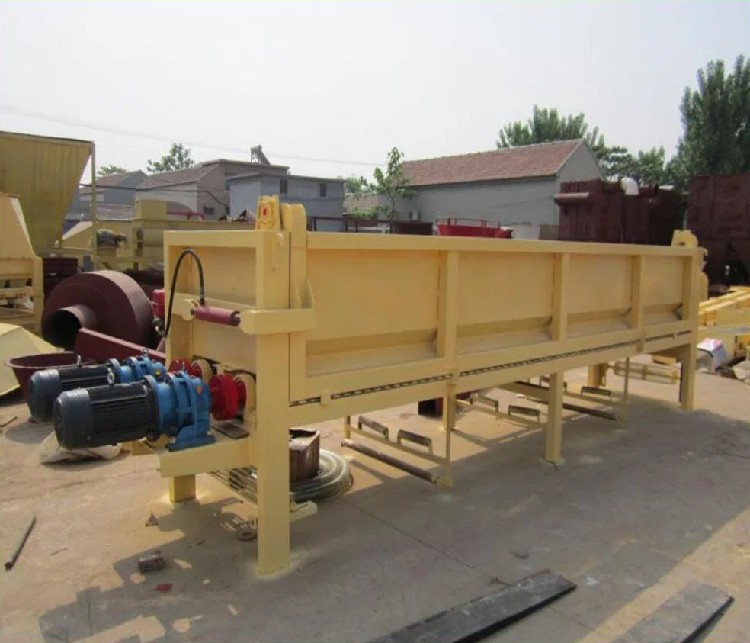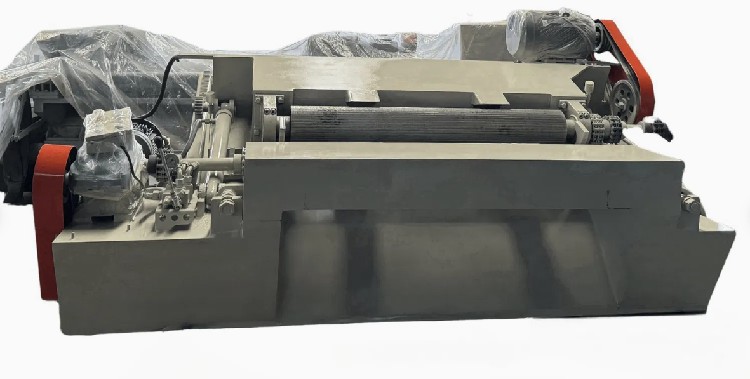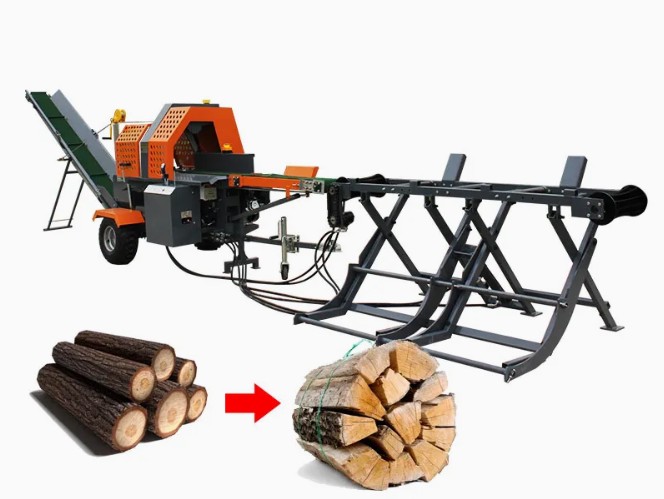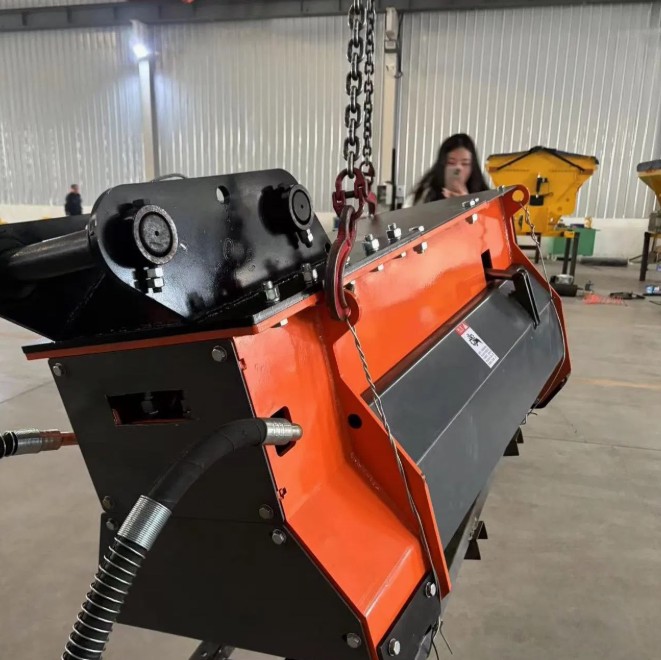Welcome!
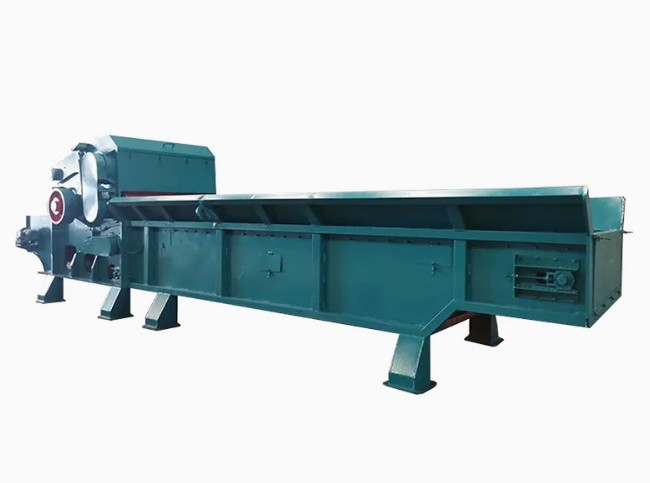


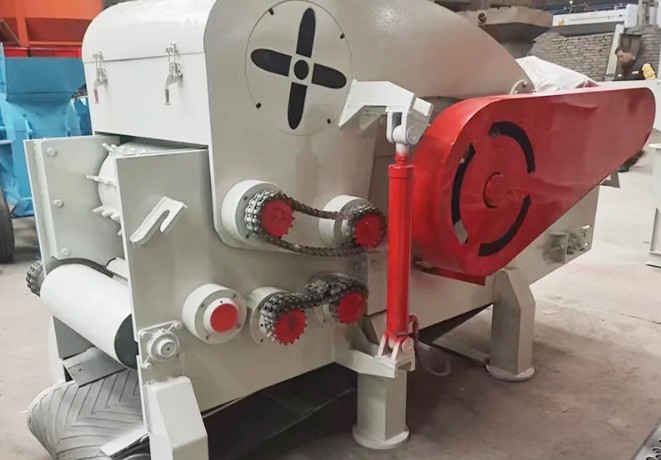

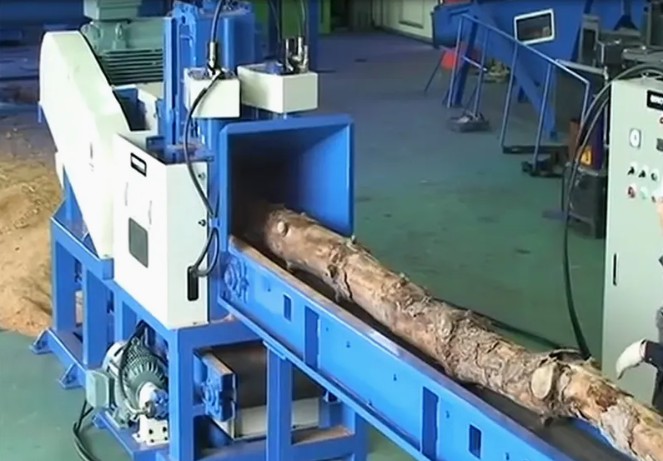

Unlocking the Power of Forestry Machinery: Essential Tools for Sustainable and Efficient Forest Management
Basic Info
| Capacity | 4-50t/H | Origin | China | Power Type | Electric Diesel Engine |
|---|---|---|---|---|---|
| Specification | 2.4t-50t | Use | Chipping Log Branch to Chips | Warranty | 1 Year |
Product Description
Forestry machinery plays a vital role in modern forest management, offering innovative solutions to meet the increasing demand for sustainable resource utilization. Whether for harvesting, processing, or land clearing, these machines are designed to improve productivity, safety, and environmental compliance. As the backbone of the forestry industry, well-designed machinery ensures timber is extracted responsibly while minimizing ecological disruption.

Comprehensive Overview of Forestry Machinery
Forestry machinery encompasses a broad range of equipment tailored for various tasks within forest ecosystems. These include feller bunchers, harvesters, forwarders, skidders, and mulchers, each optimized for specific functions. Feller bunchers, for instance, are equipped with powerful cutting heads for efficient tree felling, while harvesters further process logs into market-ready dimensions. Forwarders and skidders facilitate the transportation of felled timber through rugged terrains, reducing manual labor and increasing safety standards.
Modern forestry machinery integrates advanced technological features like GPS tracking, remote operation, and automation systems. These features not only enhance precision but also promote sustainable forestry practices by reducing waste, optimizing routes, and ensuring accurate harvest planning. Additionally, eco-friendly variants incorporate low-emission engines and energy-efficient designs, aligning with global sustainability goals.


Key Benefits and Advantages of Forestry Machinery
One of the main advantages of employing specialized forestry machinery is significantly increased operational efficiency. Machines are capable of handling large volumes of timber swiftly, reducing the time needed for harvesting and processing, which ultimately lowers operational costs. Their robustness and adaptability allow them to operate across various terrains and weather conditions, making them suitable for diverse forestry environments.
Environmental sustainability is another prominent benefit. Modern machinery focuses on minimizing soil disturbance, reducing fuel consumption, and lowering emissions. This shift toward greener technology helps forestry companies meet strict environmental regulations and maintain biodiversity. Moreover, safety is greatly improved with ergonomic design features, stability enhancements, and automation that limits human exposure to hazardous areas.
Versatility is a standout attribute; many machines are multifunctional, capable of performing multiple tasks like clearing land, cutting, and transporting logs. This flexibility streamlines operations, reduces equipment costs, and accelerates project timelines, making forestry machinery a wise investment for companies aiming for long-term growth and environmental responsibility.

Main Use Cases and Application Scenarios
Forestry machinery finds broad application across various stages of forest management. In timber harvesting, machines such as harvesters and feller bunchers enable quick, clean cutting and handling of trees, ensuring minimal damage to surrounding flora. During land clearing, mulchers and brush cutters are used to prepare sites for reforestation or development projects, removing thick vegetation and underbrush efficiently.
Transportation machinery like forwarders and skidders are indispensable in moving large logs through rough terrain, especially where traditional access is limited. Their ability to operate on uneven ground enhances job site safety and reduces environmental impact. Forestry machinery also plays a critical role in fire prevention by clearing deadwood and undergrowth, thereby reducing wildfire risks.
Sustainable forest management increasingly relies on precision forestry tools, integrating data collection and real-time monitoring. This facilitates better decision-making, promotes responsible harvesting, and supports reforestation efforts, highlighting the importance of versatile and efficient forestry equipment.

Frequently Asked Questions (Q&A)
1. What are the essential features to look for in forestry machinery?
Key features include hydraulic efficiency, durability, ease of operation, fuel efficiency, and technological integrations such as GPS and automation. These elements ensure high performance, safety, and sustainable operation.
2. How does modern forestry machinery contribute to environmental sustainability?
Advanced machinery minimizes soil disruption, reduces emissions through cleaner engines, and optimizes resource use, thereby helping to conserve ecosystems while meeting industry productivity demands.
3. Are forestry machines suitable for both small-scale and large-scale operations?
Yes, there are models designed for various scales from compact machines ideal for small forests or specialty tasks to large and heavy-duty equipment suited for extensive commercial logging operations.
4. How important is machinery maintenance, and what does it involve?
Regular maintenance is crucial for maximizing lifespan and ensuring safety. It involves routine inspections, oiling, filter changes, hydraulic checks, and adherence to manufacturer guidelines to prevent breakdowns.
5. Can forestry machinery be operated remotely or automatically?
Many modern machines feature remote operation capabilities and automation options, enabling precision work, reducing labor costs, and enhancing safety especially in hazardous environments.

Harnessing innovative forestry machinery boosts productivity, safety, and sustainability, making it a cornerstone of modern and responsible forest management. By choosing the right equipment tailored to your specific needs, you can ensure efficient operations that respect nature's boundaries while delivering economic returns. Whether for logging, land clearing, or fire prevention, the right forestry machinery empowers your ecosystem stewardship and future growth.
Recommended Products
Recently Viewed
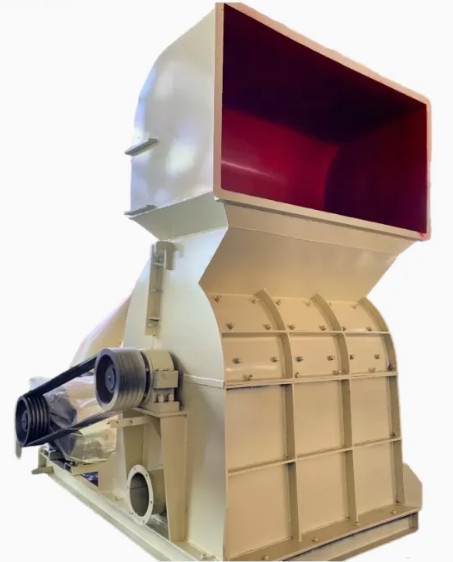 Unlocking Sustainable Forest Management with Advanced Forestry Machinery
Unlocking Sustainable Forest Management with Advanced Forestry Machinery Unlocking the Power of Forestry Machinery: Essential Tools for Sustainable and Efficient Forest Management
Unlocking the Power of Forestry Machinery: Essential Tools for Sustainable and Efficient Forest Management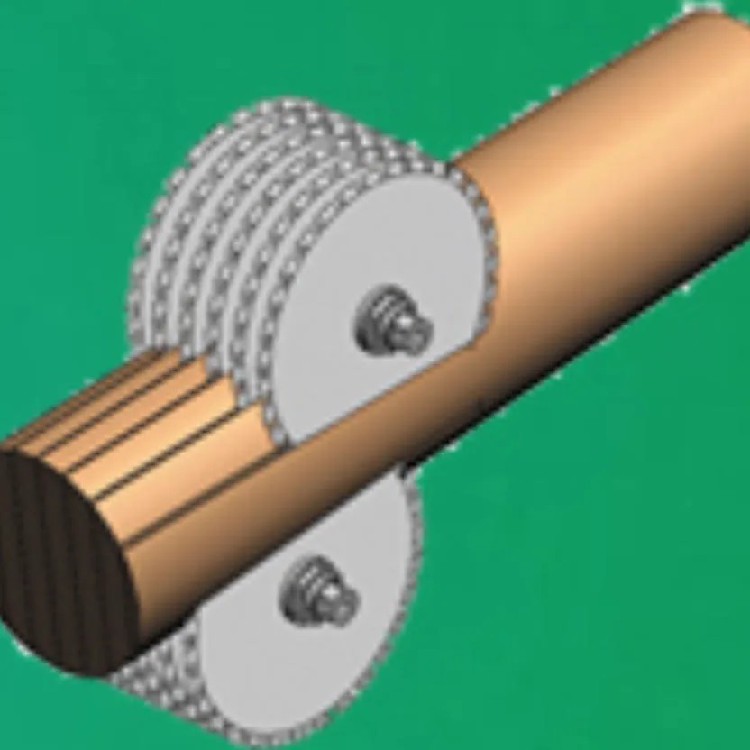 Solve High-Volume Cutting Challenges with Industrial Multi-Blade Sawing Machines
Solve High-Volume Cutting Challenges with Industrial Multi-Blade Sawing Machines How Does The Multi-Blade Saw Blade Machine Revolutionize Wood Processing
How Does The Multi-Blade Saw Blade Machine Revolutionize Wood Processing High-efficiency Automated Wood Cutting Machines - multi-blade Sawing Machines
High-efficiency Automated Wood Cutting Machines - multi-blade Sawing Machines
Contact Us
Yucheng Runming Machinery Co., Ltd.

